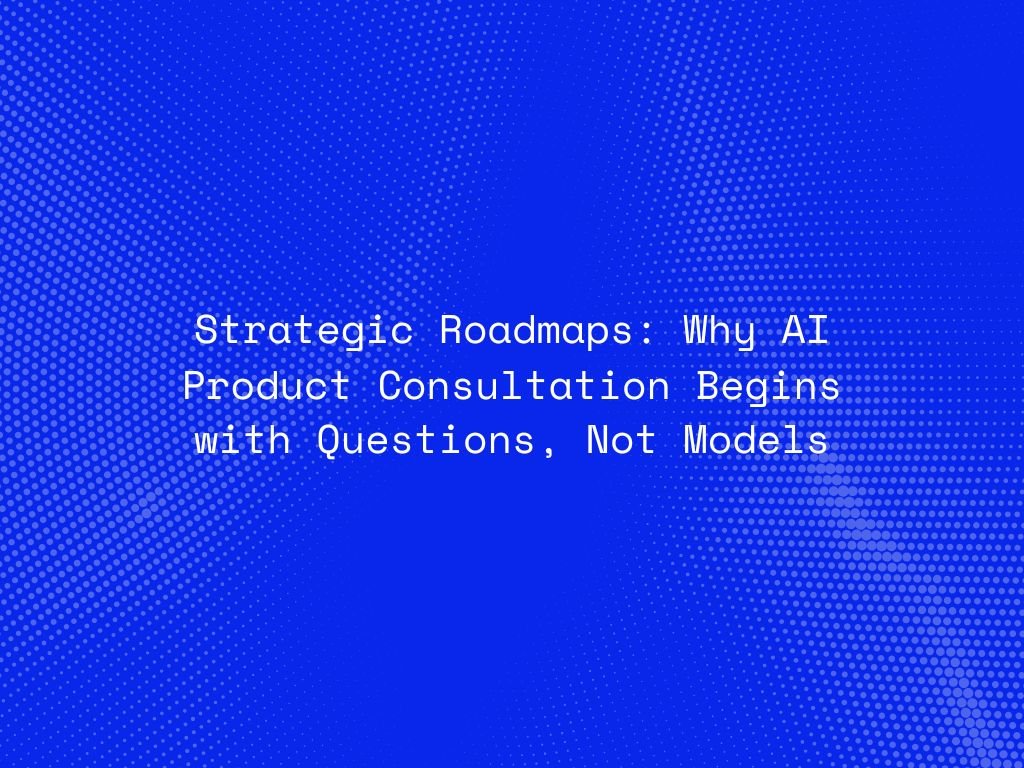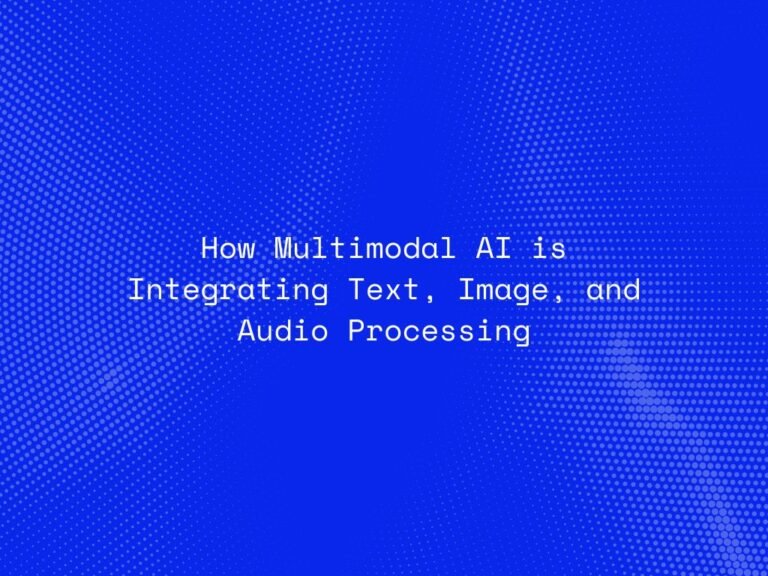Artificial Intelligence has evolved from an experimental technology into a strategic driver of business transformation. But amid the hype and rush to “build with AI,” many organizations make a costly mistake — they start with the model, not the mission.
True AI success doesn’t begin with algorithms or data pipelines; it starts with questions — the right ones. A thoughtful, question-led AI consultation helps businesses uncover purpose, identify real problems, and build solutions that deliver measurable value. In other words, before defining what to build, enterprises must understand why they’re building it.
The Common Misstep: Model-First Thinking
In many organizations, AI projects are launched with excitement but little strategic grounding. Teams often start with a predefined model or framework — “Let’s use GPT for customer service” or “Let’s apply machine learning to predict sales” — without fully understanding the business problem or context.
This model-first mindset leads to misaligned initiatives, data challenges, and limited adoption. The result? High costs, poor ROI, and solutions that fail to integrate meaningfully into workflows.
AI’s value doesn’t come from deploying the most advanced model; it comes from asking precise, contextual, and impactful questions that direct the technology toward solving real problems.
The Power of Question-Led Consultation
Successful AI implementation begins with strategic discovery — a process where consultants work with stakeholders to understand goals, constraints, and opportunities before any code is written.
This process revolves around asking key questions such as:
-
What business outcomes are we trying to achieve?
-
Which decisions are currently made without enough data?
-
Where can automation or prediction create measurable efficiency?
-
How will success be defined and measured?
-
What ethical, regulatory, or operational constraints must be considered?
By focusing on questions first, consultants uncover not just technical needs, but strategic intent — the foundation of any effective AI roadmap.
Building a Strategic AI Roadmap
A strong AI roadmap aligns technical implementation with business strategy. It ensures that each stage of the AI journey — from ideation to deployment — is tied to organizational priorities. Here’s how a question-driven roadmap typically unfolds:
-
Problem Definition and Objective Framing
Instead of starting with a dataset or algorithm, AI consultants help teams articulate the problem statement in business terms. This sets a clear direction for measurable impact. -
Data Discovery and Feasibility Assessment
Questions around data availability, quality, and ownership surface early — ensuring readiness before model development. -
Value Mapping
Consultants identify high-impact use cases by evaluating ROI potential, implementation complexity, and long-term scalability. -
Ethical and Compliance Considerations
At this stage, responsible AI practices — including fairness, transparency, and bias mitigation — are built into the roadmap. -
Iterative Experimentation
Instead of chasing perfect models, teams prototype and test rapidly, guided by ongoing feedback and business validation. -
Operational Integration
The roadmap concludes with MLOps and deployment strategies that ensure the AI system fits seamlessly into existing processes.
A roadmap built this way is not static — it evolves with insights, data maturity, and organizational learning.
Why Questions Are More Strategic Than Models
Questions are strategic because they force clarity. They reveal hidden dependencies, challenge assumptions, and align cross-functional teams.
-
Questions uncover opportunity: They help identify where AI can truly add value rather than being deployed for novelty’s sake.
-
Questions align intent: They bring business leaders, data teams, and domain experts onto the same page.
-
Questions prevent bias: They guide the ethical framing of problems before any algorithm amplifies existing inequalities.
-
Questions create resilience: When markets or technologies shift, question-led strategies adapt — model-led ones don’t.
AI consultants who lead with inquiry enable organizations to move from AI exploration to AI execution with confidence.
The Role of the AI Product Consultant
An AI product consultant is not just a technologist — they are a strategic navigator who bridges business vision and technical execution.
Their job is to design roadmaps, not write code. They translate questions into data requirements, objectives into model design, and insights into measurable results. They ensure that the AI product evolves with both the organization’s needs and its data ecosystem.
In short, they make AI investments strategic, sustainable, and scalable.
From Curiosity to Capability
The most transformative AI products emerge from curiosity — not code. By beginning with thoughtful inquiry, organizations gain the clarity to invest where it matters most.
When AI projects start with “What’s possible?” they often fail. But when they start with “What problem are we solving?” they drive real, measurable transformation.
The future of AI product development belongs to those who understand that strategy begins not with models, but with meaning — and meaning begins with the right questions.




